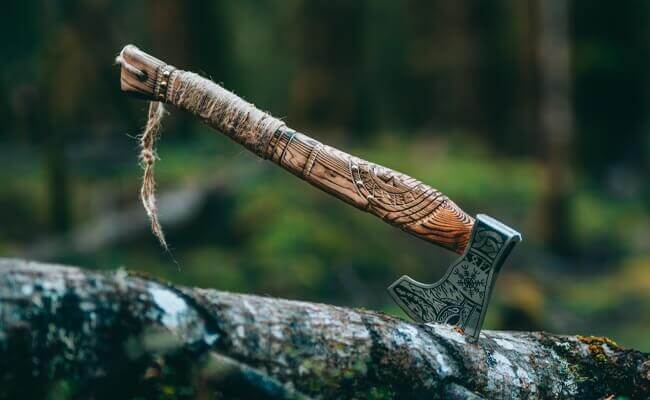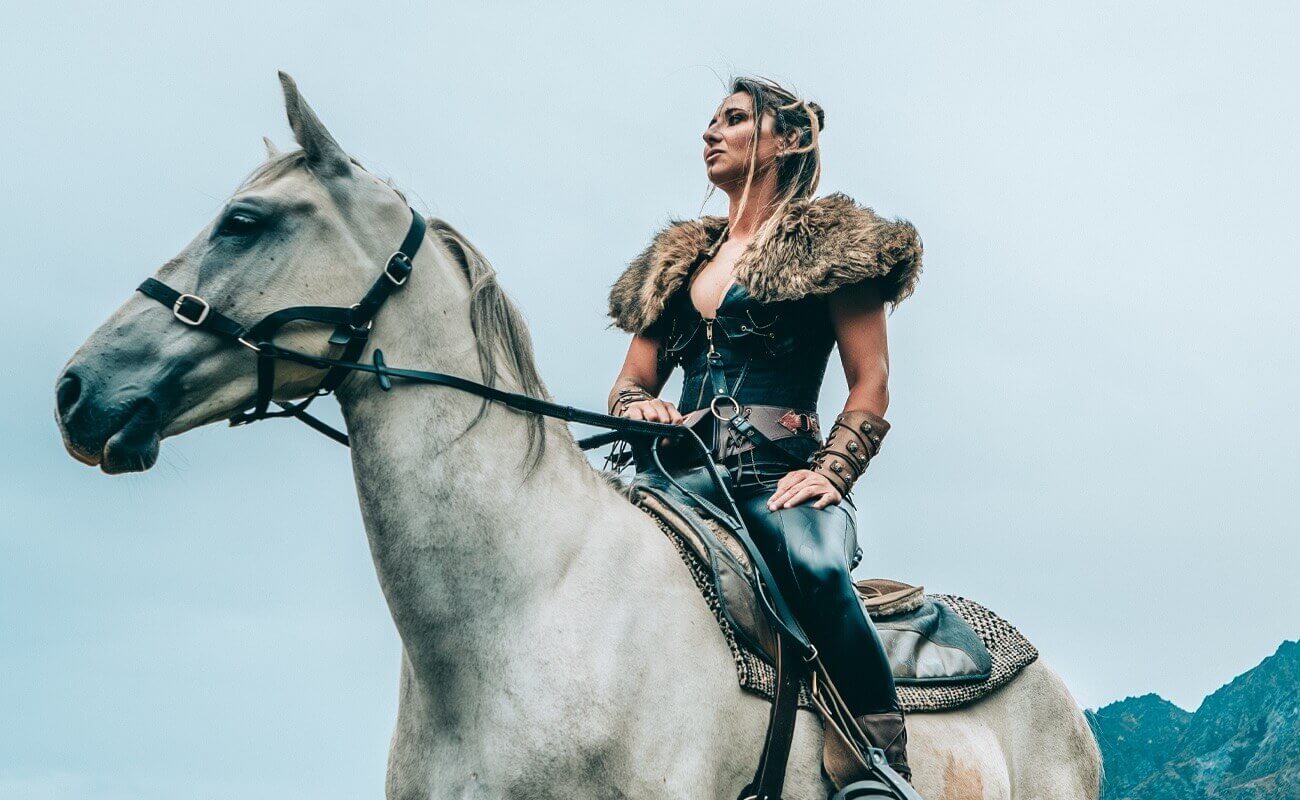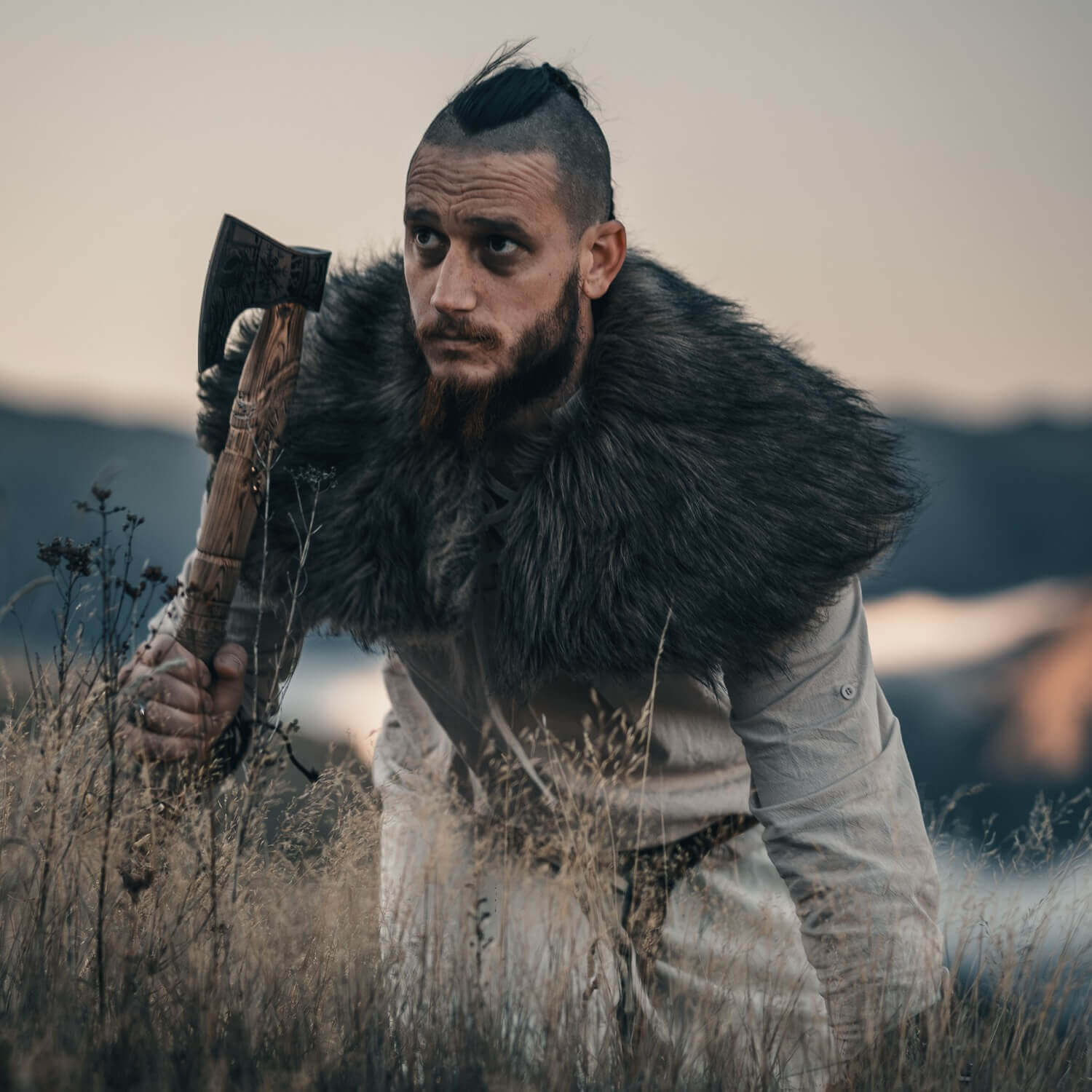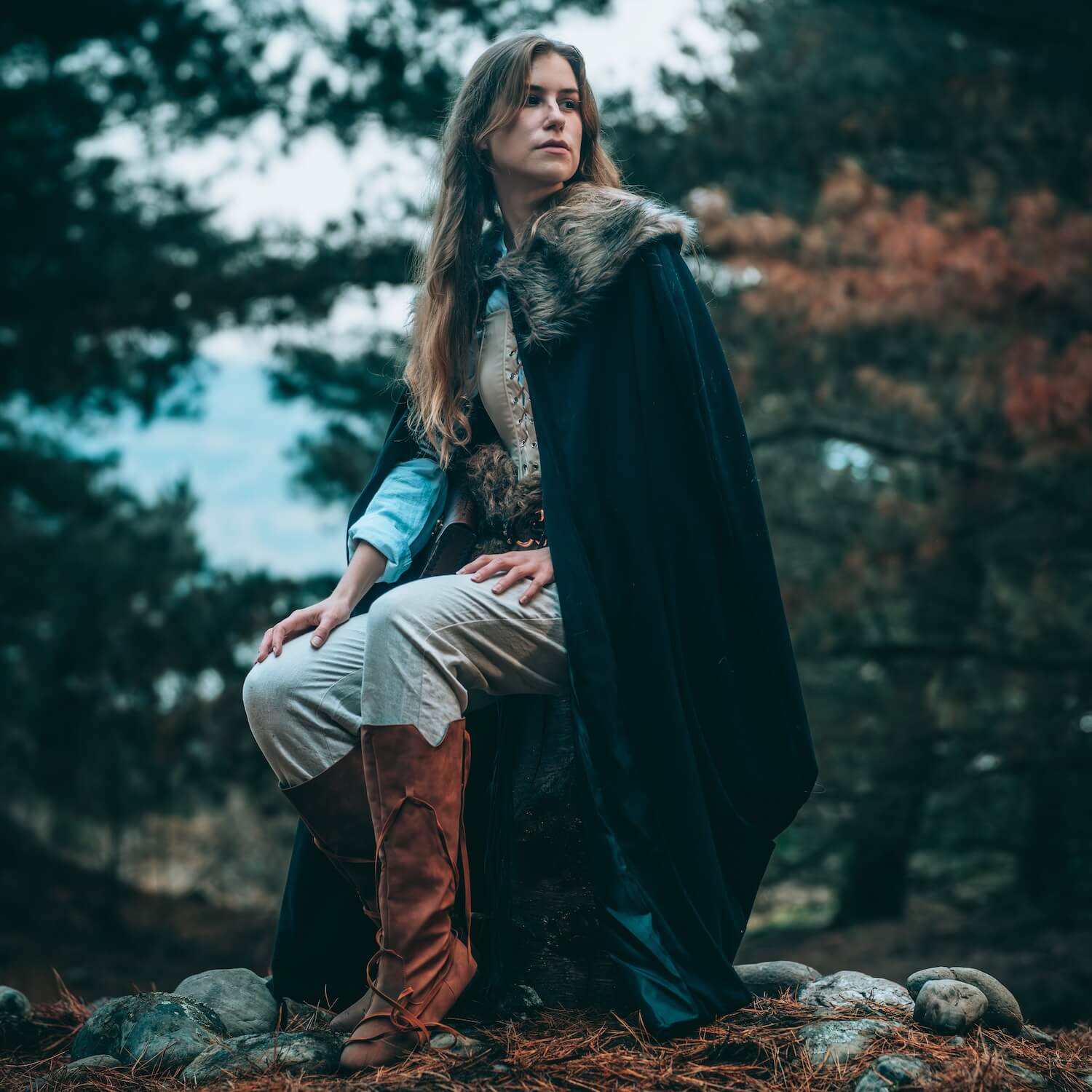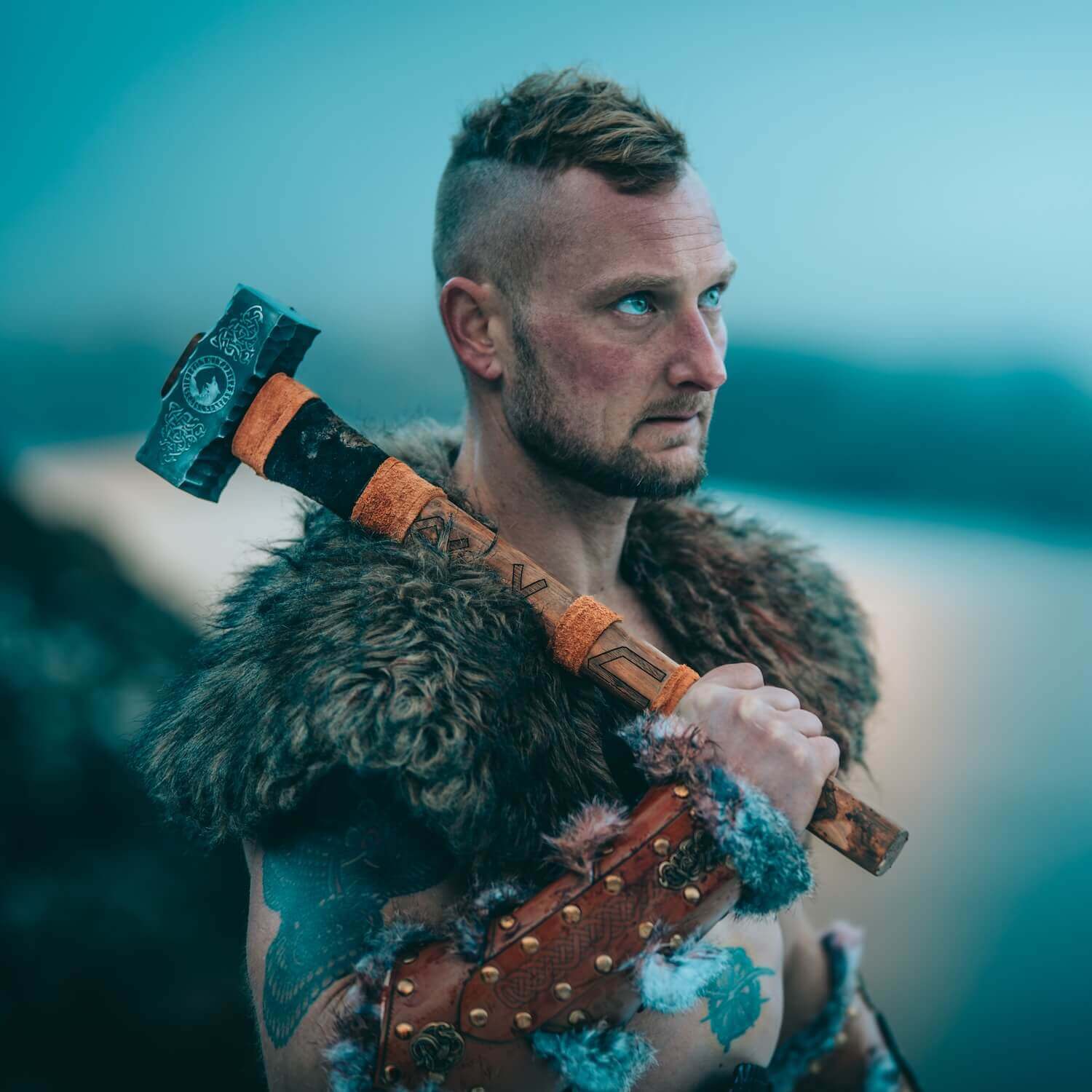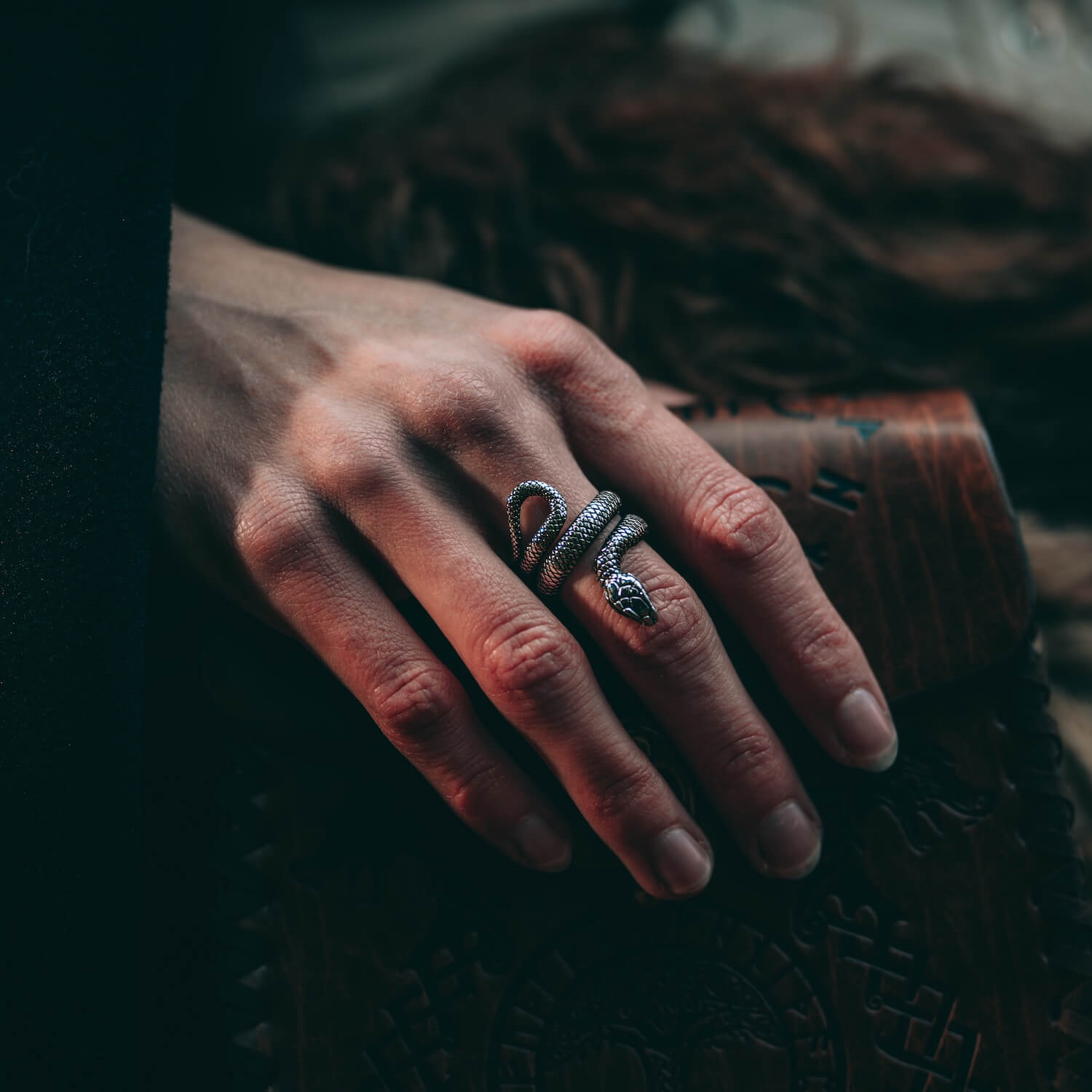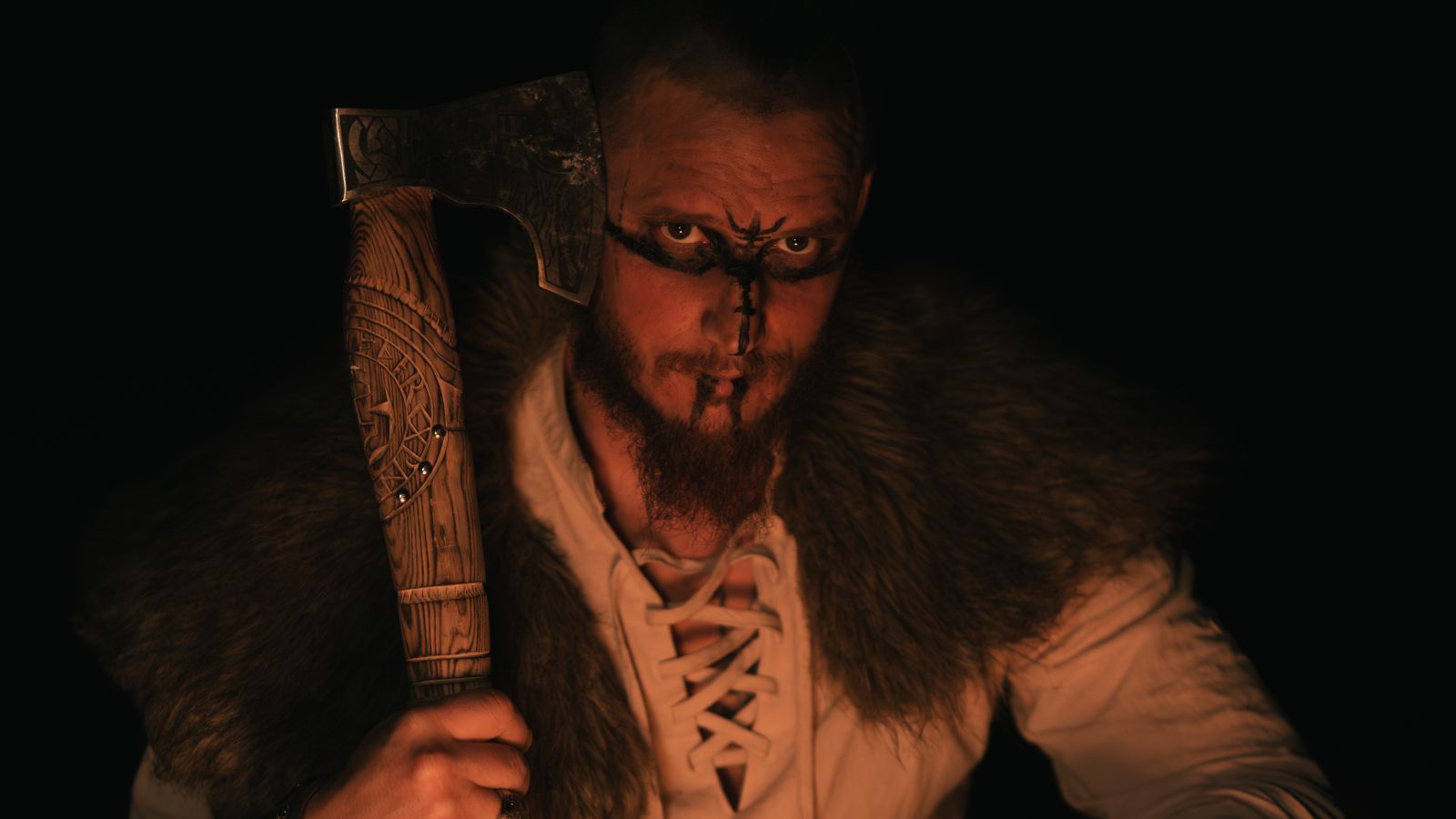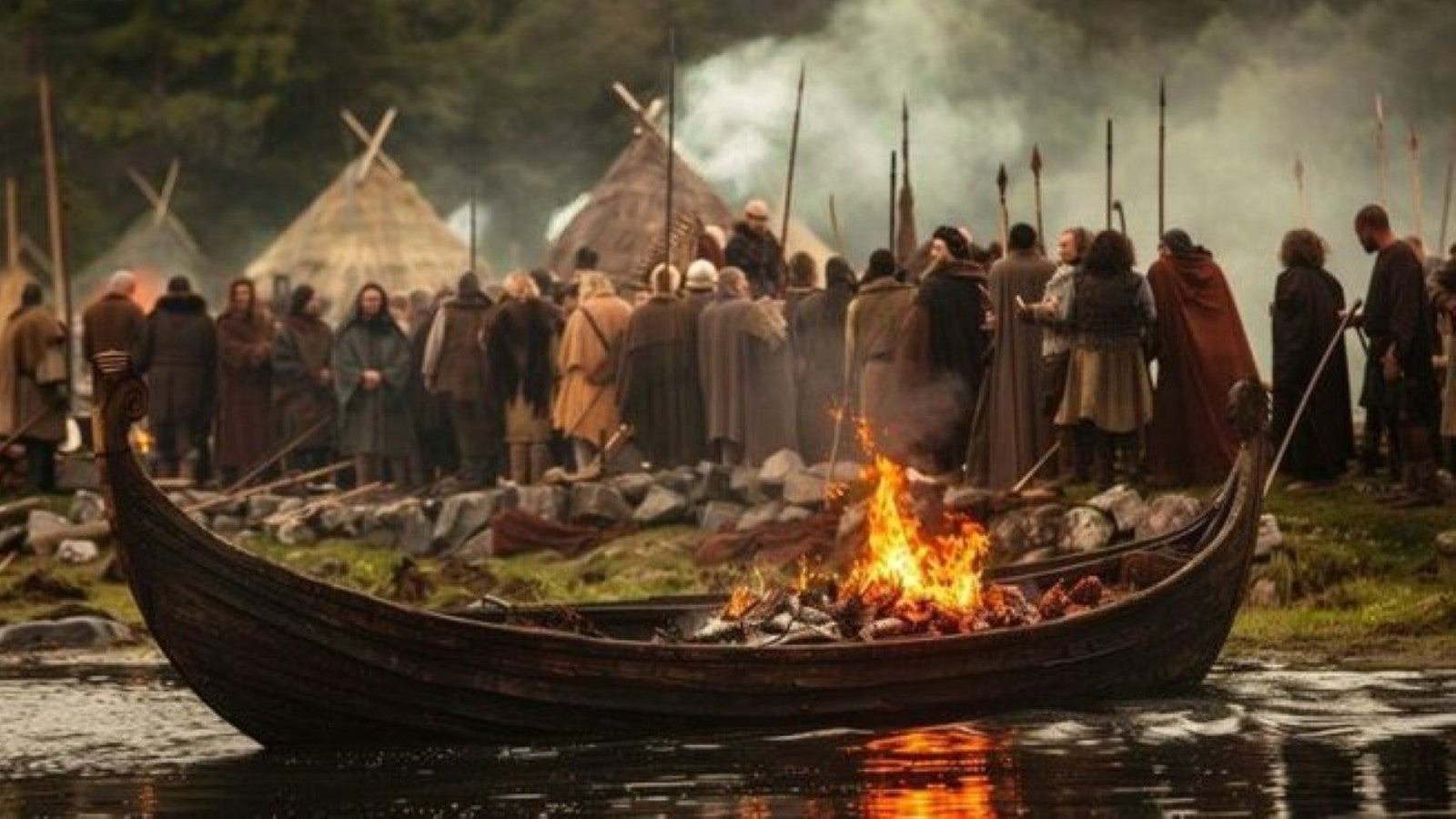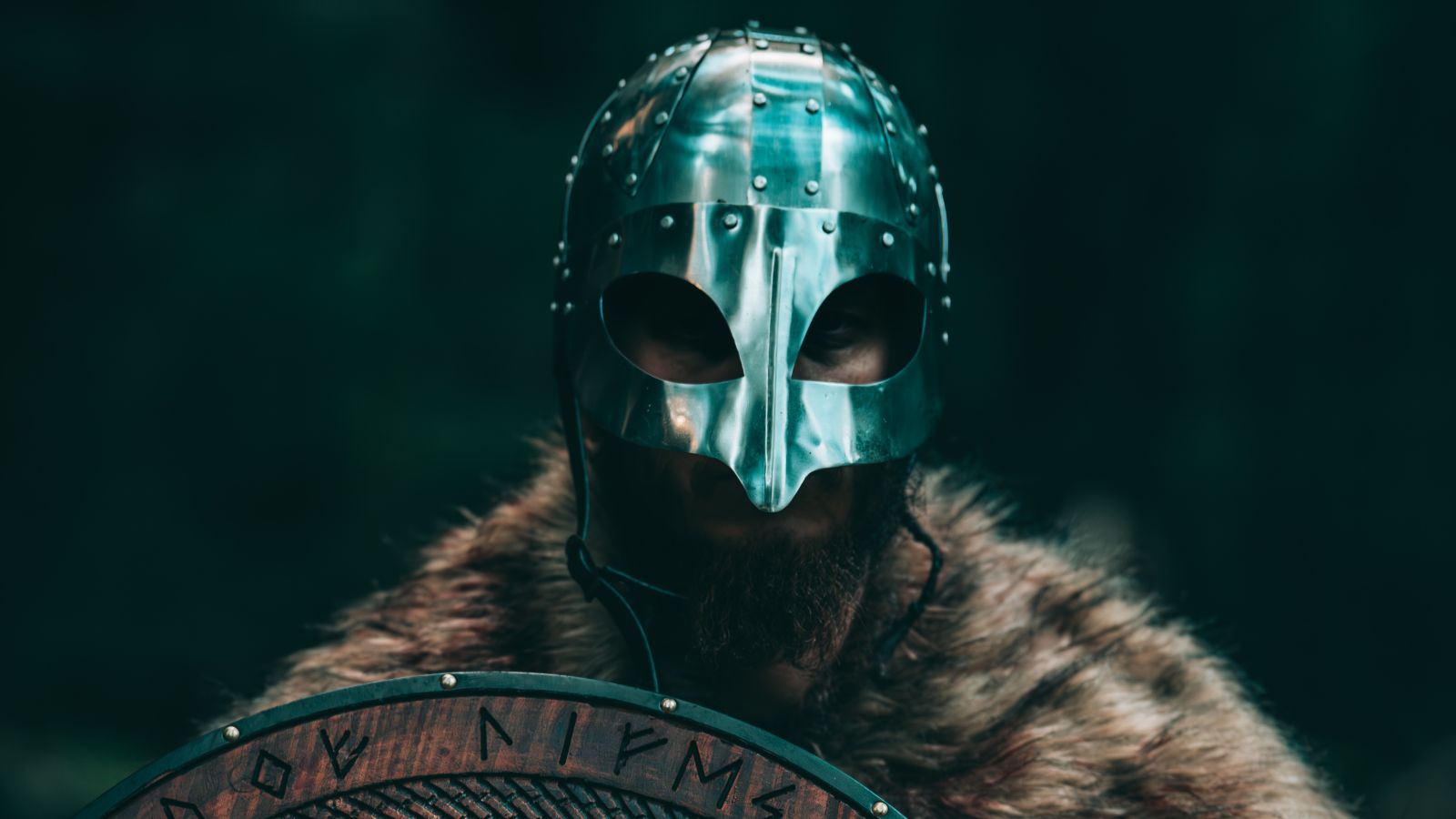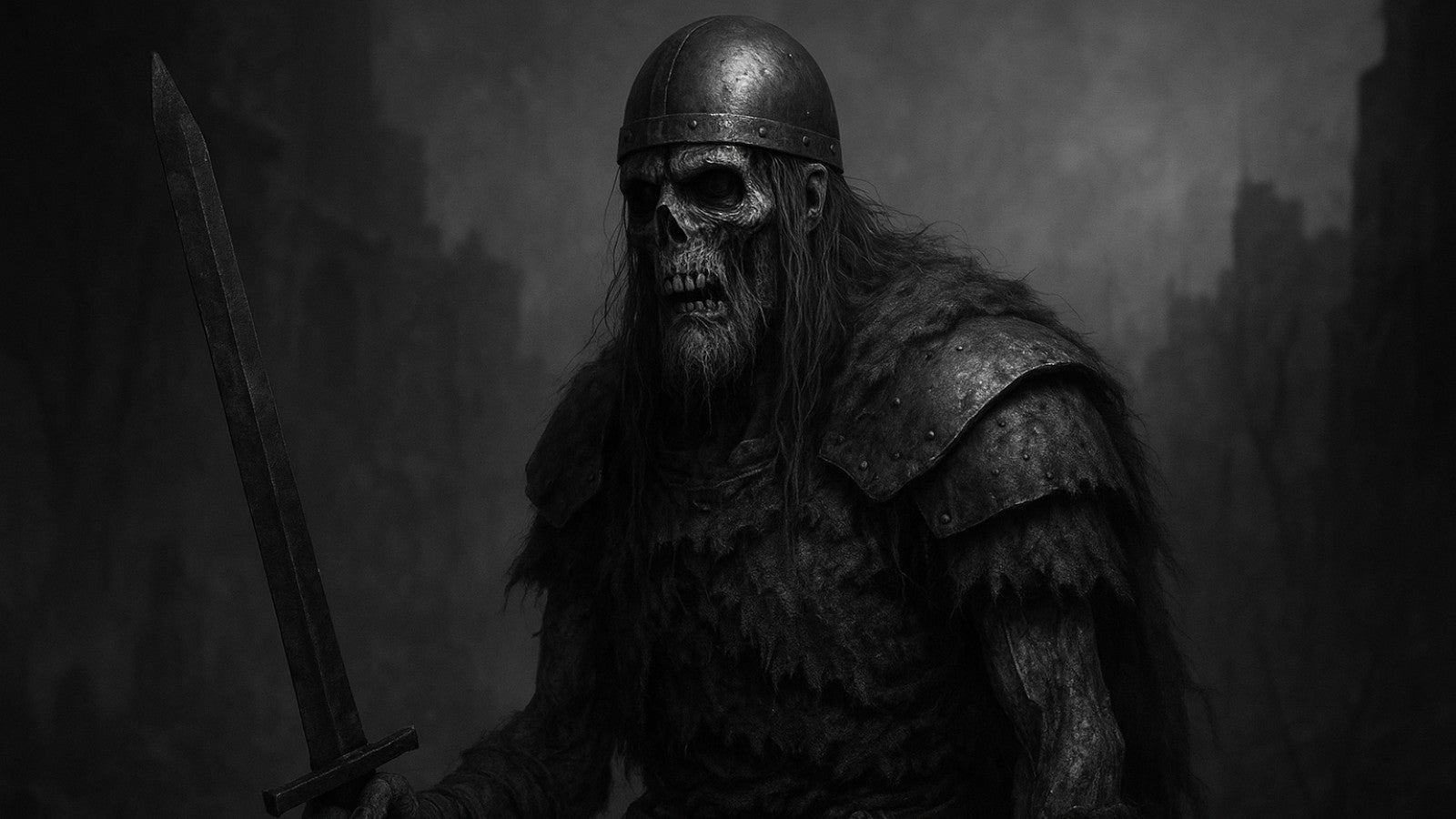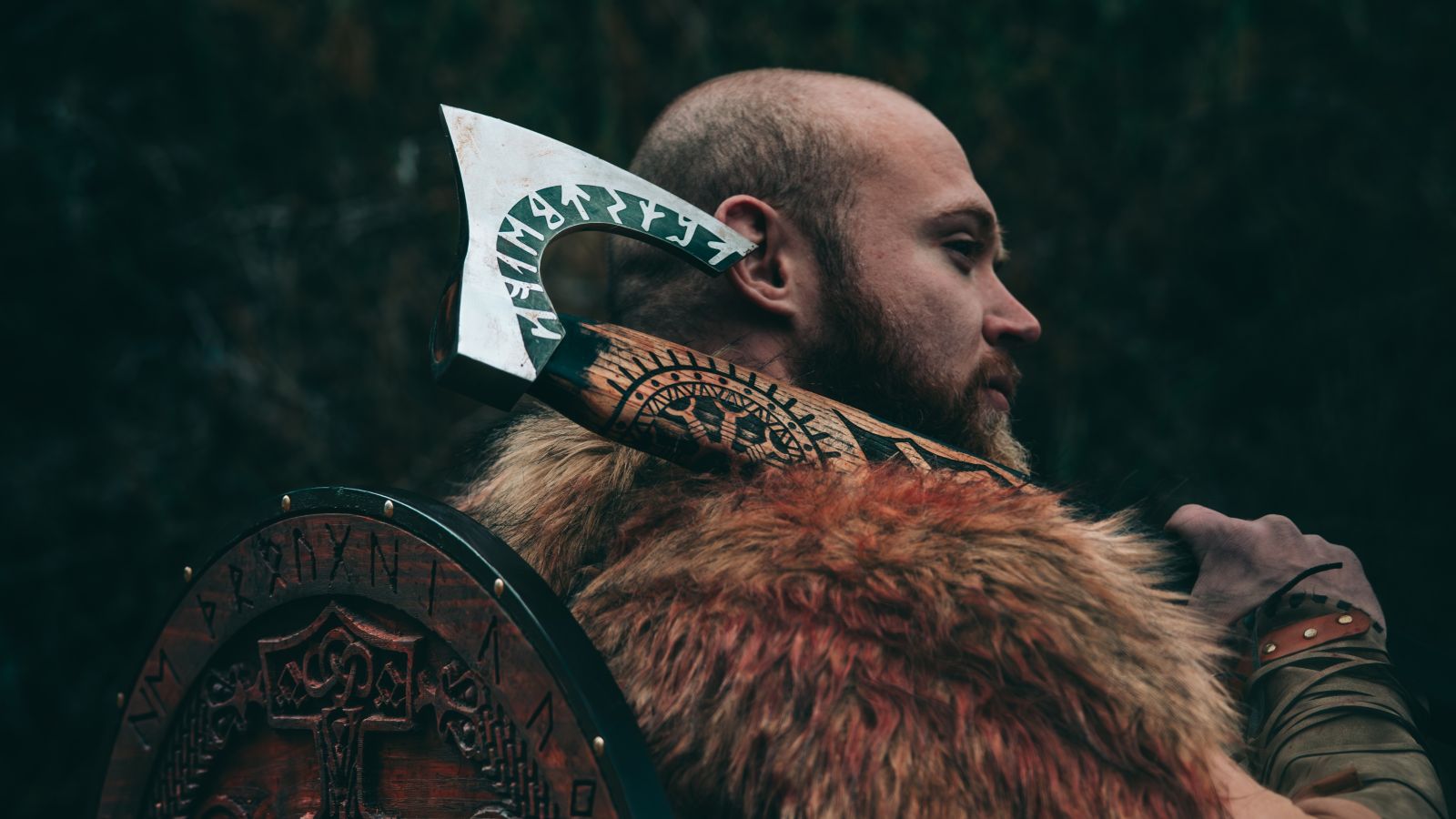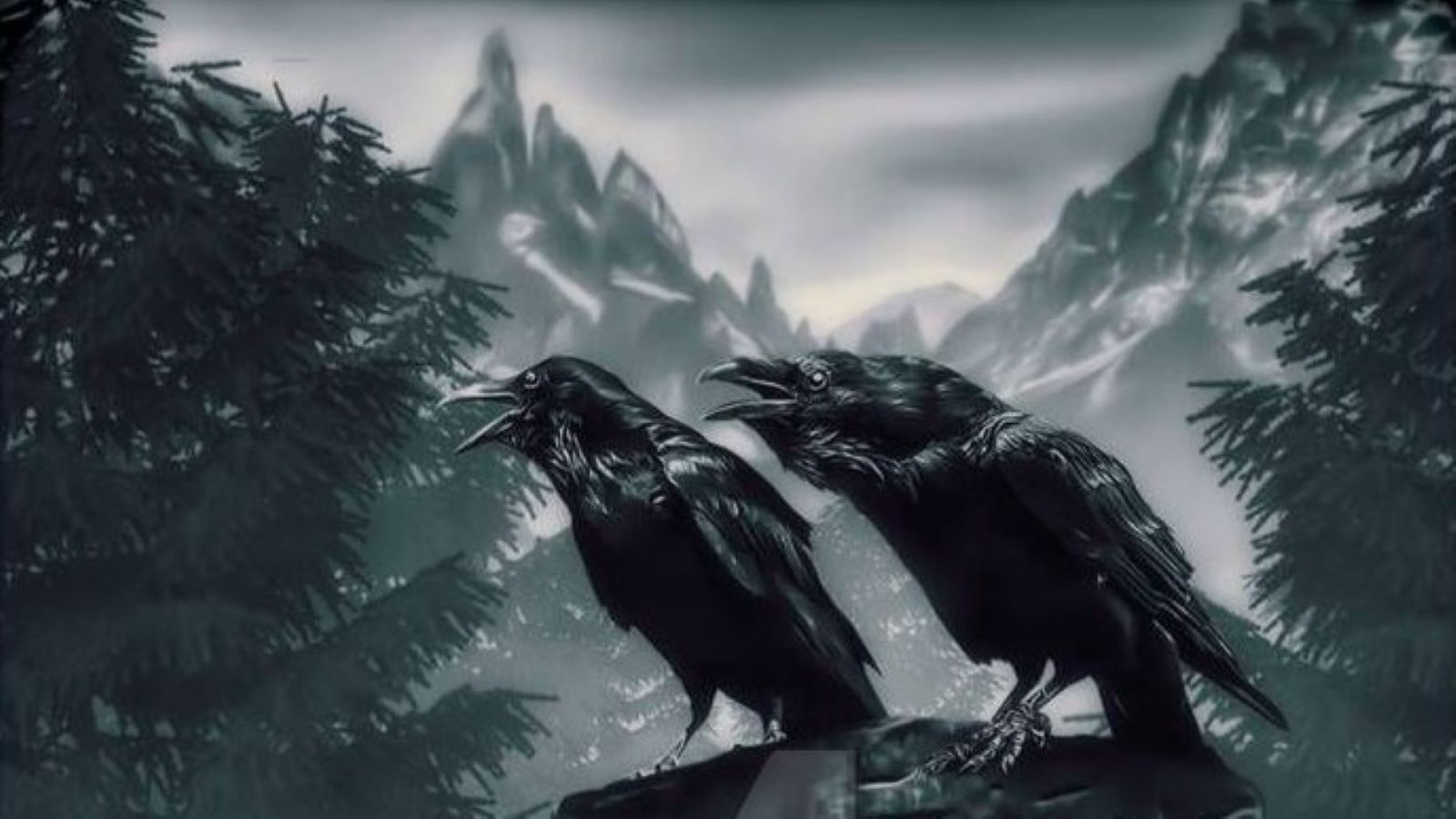
Huginn and Muninn
Few symbols are as iconic and enigmatic as Huginn and Muninn—the two ravens who served as messengers to the Allfather, Odin. With their striking presence and mysterious aura, these majestic birds have captured the imagination of storytellers and scholars for centuries.
Huginn and Muninn are not merely ordinary birds; they are emissaries of Odin. According to legend, every day at dawn, Odin sends these ravens out into the world to gather information and knowledge. Huginn, whose name means "thought," represents the power of cognition and contemplation. Muninn, meaning "memory," embodies the wisdom and insight gained through experience. Together, they soar across the Nine Realms, witnessing events, gathering secrets, and returning to Odin with their findings.
The significance of Huginn and Muninn extends beyond their role as messengers. They are symbolic embodiments of essential aspects of the human psyche and the pursuit of wisdom. Huginn represents the constant process of thought and analysis, urging us to engage in introspection and critical reflection. Muninn, on the other hand, embodies the accumulation of knowledge and memory, reminding us of the importance of learning from our past experiences.
In many cultures, including Norse, Celtic, and Native American traditions, ravens are associated with wisdom, prophecy, and guidance. Their intelligence and adaptability have earned them a place as revered figures in myth and folklore.
Huginn and Muninn's interactions with Odin are central to many Norse sagas. They perch upon his shoulders, whispering secrets and insights into his ear. Through their eyes, Odin gains knowledge of both the past and the future, allowing him to make informed decisions and maintain his wisdom.
In one of the most famous tales, Huginn and Muninn witness the events of Ragnarok, the apocalyptic battle that signals the end of the world in Norse culture. Despite the impending doom, Odin accepts his fate with grace and dignity, thanks in part to the wisdom gleaned from his faithful ravens.
The legacy of Huginn and Muninn extends far beyond the pages of ancient texts. Their symbolism continues to resonate in modern culture, appearing in literature, art, and popular media. From poetry and music to tattoos and fashion, the image of the two ravens remains a powerful symbol of wisdom, mystery, and the eternal quest for knowledge.
Huginn and Muninn stand as timeless symbols of wisdom, curiosity, and the unending pursuit of knowledge. Through their mythical journey across the Nine Realms, they inspire us to embrace the power of thought, memory, and introspection in our own lives. As we gaze upon the skies, may we remember the enduring legacy of these majestic messengers of Odin, forever soaring on the winds of destiny.

